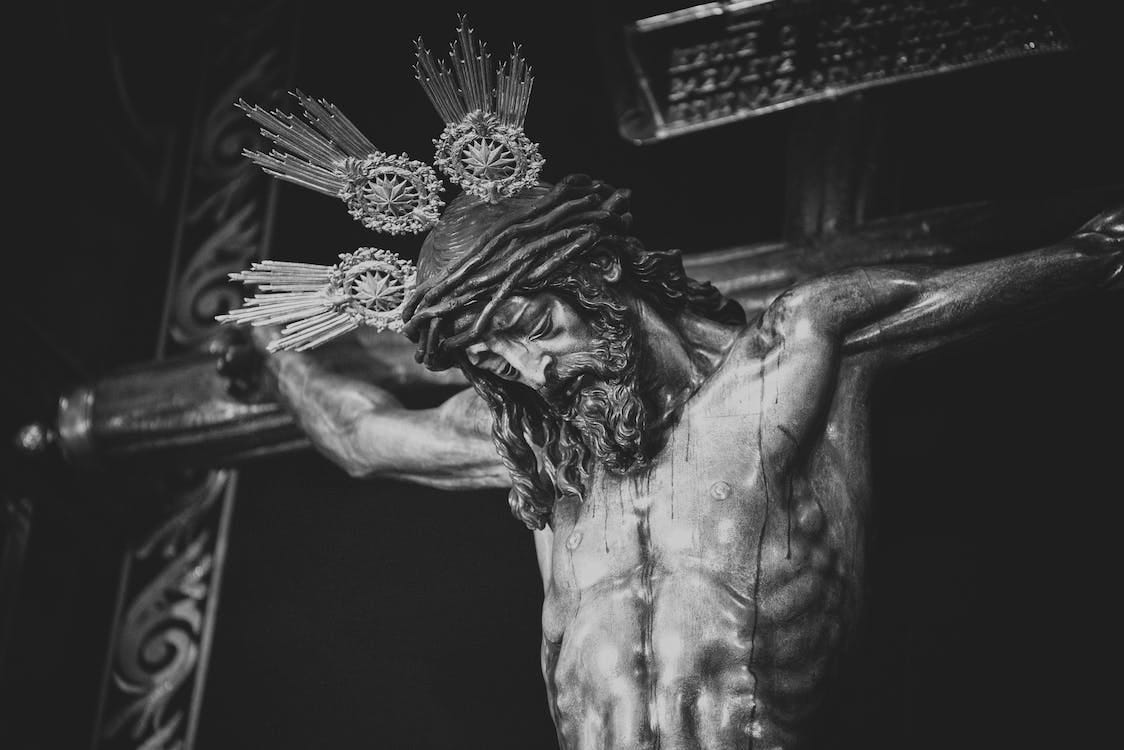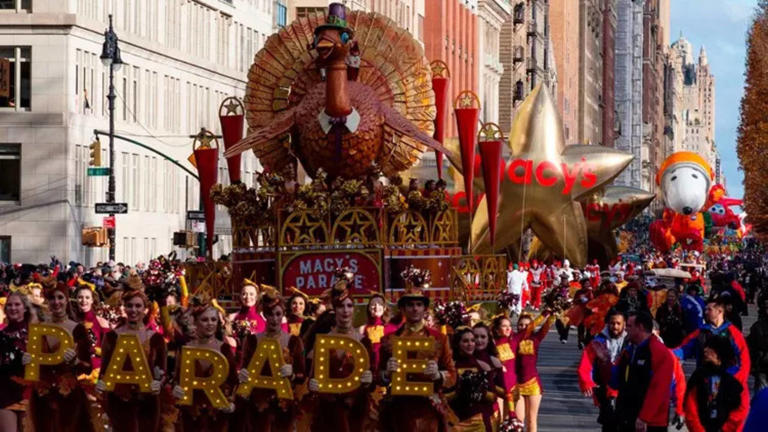
Holy Thursday, Good Friday, and Easter.
The week starts with Palm Sunday, when Jesus entered Jerusalem. It continues with Holy Thursday, known as the Last Supper, followed by his crucifixion on Good Friday, also called Holy or Black Friday. The week concludes with Easter Sunday, commemorating his resurrection.
Christianity’s holiest week, often referred to as Holy Week or Passion Week, commemorates a series of pivotal events in the life of Jesus Christ. These events, observed from Holy Thursday to Easter Sunday, hold immense significance for Christians worldwide, reflecting on themes of sacrifice, love, and ultimately, resurrection. Let’s delve into the story of Jesus and explore the profound meaning behind each significant day of Holy Week.
Holy Thursday: The Institution of the Last Supper
Holy Thursday marks the beginning of the Easter Triduum, the three most sacred days in the Christian calendar. On this day, Jesus shared a final meal with his twelve disciples, known as the Last Supper. The Gospels, the foundational texts of Christianity, describe this meal as a Passover Seder, a traditional Jewish feast commemorating the Israelites’ liberation from slavery in Egypt.
During the Last Supper, Jesus established two significant practices that continue to be central to Christian worship:
- The Eucharist: Jesus broke bread and shared wine with his disciples, proclaiming them to be his body and blood. This act is interpreted as the institution of the Eucharist, a holy communion where Christians symbolically partake in the body and blood of Christ to strengthen their faith.
- The Washing of the Feet: In a powerful display of humility, Jesus washed the feet of his disciples, an act typically performed by a servant. This gesture served as a lesson in humility and service, a core value in Christianity.
The night of Holy Thursday also holds significance for the betrayal of Jesus by Judas Iscariot, one of his disciples. Judas, motivated by money according to the Gospels, agreed to hand Jesus over to the authorities for thirty pieces of silver.
Good Friday: The Crucifixion and Death of Jesus
Good Friday, a somber day of reflection, commemorates the crucifixion and death of Jesus Christ. Following his arrest on Holy Thursday, Jesus faced trial before the Roman authorities, who condemned him to death by crucifixion, a cruel Roman punishment reserved for criminals. The Gospels depict Jesus carrying the heavy wooden cross towards the place of execution, Golgotha, where he was nailed to the cross and left to die.
For Christians, Good Friday signifies the ultimate sacrifice made by Jesus. His willingness to suffer and die on the cross is seen as an act of atonement for humanity’s sins, offering hope for redemption and eternal life. Good Friday traditions often involve fasting, prayer, and attending solemn church services to commemorate this significant event.
Holy Saturday: A Day of Anticipation
Holy Saturday, also known as Easter Vigil, is a day of waiting and anticipation. Jesus’ body lay in the tomb following his crucifixion. According to Christian belief, Jesus descended into hell, the realm of the dead, during this time. Holy Saturday services often focus on themes of darkness, death, and waiting for the light of resurrection.
Easter Sunday: The Resurrection and Celebration
Easter Sunday, the culmination of Holy Week, is the most joyous and celebratory day in the Christian calendar. It marks the resurrection of Jesus Christ from the dead. The Gospels describe how Jesus’ tomb was found empty on Sunday morning, with only burial cloths remaining. Angels appeared to announce that Jesus had risen, conquering death and offering hope for eternal life.
Easter Sunday is a day of immense celebration for Christians. Church services are filled with joy and thanksgiving. Traditional practices include attending sunrise services, exchanging Easter baskets filled with eggs and candy (symbols of new life), and sharing festive meals with loved ones.
The Story of Jesus: Beyond Holy Week
The story of Jesus extends far beyond the events of Holy Week. His life, teachings, and miracles are chronicled in the Gospels, forming the foundation of Christian faith. Jesus’ message of love, forgiveness, and hope continues to inspire millions worldwide. His teachings on compassion, helping the less fortunate, and living a moral life remain central tenets of Christianity.
The Significance of Holy Week
Holy Week offers a powerful opportunity for Christians to reflect on the profound themes of Jesus’ life and sacrifice. The journey from the Last Supper to the crucifixion and ultimately, the resurrection, underscores the core values of Christianity: love, faith, and hope. By participating in Holy Week traditions and reflecting on the story of Jesus, Christians can deepen their faith and find renewed meaning in their lives.
Additional Points to Consider:
- Different Christian denominations may have varying traditions and interpretations of Holy Week events.
- Holy Week holds significance for other Christian traditions beyond those mentioned here, such as Eastern Orthodox Christianity.
- The story of Jesus and the events of Holy Week continue to be studied and debated by scholars and theologians.
Whether you are a devout Christian, someone interested in religious traditions, or simply curious about the story of Jesus, understanding Holy Week offers a glimpse into the core beliefs.
Holy Week is rich with symbolism that adds depth and meaning to the commemorated events. Here are some key symbols to consider:
- Bread and Wine: During the Last Supper, Jesus shared bread and wine, representing his body and blood. This act symbolizes the Eucharist, a sacred meal where Christians partake in these elements to strengthen their faith and feel a connection to Jesus.
- Washing of the Feet: This act by Jesus signifies humility and service. It reminds Christians to follow Jesus’ example by serving others with love and compassion.
- The Cross: The most recognizable symbol of Christianity, the cross represents Jesus’ sacrifice on behalf of humanity. It embodies themes of suffering, redemption, and hope for eternal life.
- The Empty Tomb: The discovery of Jesus’ empty tomb on Easter Sunday signifies his resurrection and victory over death. It offers hope for believers that they too will experience eternal life.
- Fire and Light: Fire, often used in Holy Saturday observances, symbolizes the purging of sin and darkness. Light, used prominently on Easter Sunday, represents the resurrection of Jesus and the triumph of light over darkness.
- Eggs: A traditional Easter symbol, eggs represent new life and the resurrection of Jesus. They are often decorated and hidden in Easter egg hunts, a fun activity enjoyed by children and adults alike.
Holy Week Traditions Around the World
While the core themes of Holy Thursday, Good Friday, and Easter Sunday remain consistent, traditions for observing Holy Week vary across Christian denominations and cultures worldwide. Here are a few examples:
- Latin America: Many Latin American countries hold elaborate processions during Holy Week, featuring statues depicting scenes from Jesus’ passion and crucifixion.
- Eastern Europe: In Eastern Orthodox Christianity, Holy Week traditions often involve a stricter focus on fasting and prayer. The use of elaborately decorated Easter eggs is also prevalent.
- The Philippines: A unique tradition in the Philippines is the “Penitensya” (self-flagellation) practiced by some devotees on Good Friday. This practice is a symbolic way of sharing in Jesus’ suffering.
The Enduring Legacy of Holy Week
Holy Week serves as a powerful reminder of the core message of Christianity. Through the story of Jesus’ sacrifice, death, and resurrection, Christians find hope, purpose, and a renewed sense of faith. The traditions and symbols associated with Holy Week continue to inspire and unite Christians around the world, offering a time for reflection, gratitude, and celebration.






